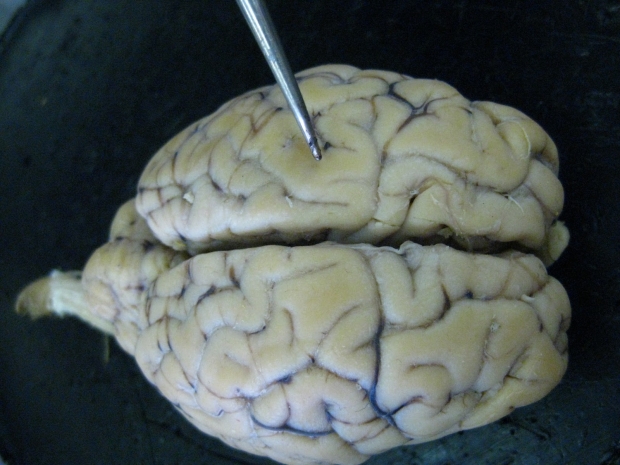According to Nature magazine MRAM tech has been challenging to use because it has low resistance, which means it sucks up power like a toothless porn star. Samsung has been working to overcome this hurdle because it could be useful in next-gen AI chip technologies.
Dr. Seungchul Jung, one of the authors of the paper, said that in-memory computing draws similarity to the brain. Most brains involve a network of biological memories, or synapses, the points where neurons touch one another.
While the computing performed by our MRAM network, for now, has a different purpose from the computing performed by the brain, such solid-state memory network may be used as a platform to mimic the brain by modelling the brain’s synapse connectivity.”
Samsung researchers developed an MRAM array chip that replaces the ‘current-sum’ in-memory computing architecture with a new ‘resistance sum’ in-memory computing architecture. In an AI computing demonstration, the chip scored 98 per cent accuracy in identifying hand-written digits while it achieved 93 per cent accuracy in detecting faces from scenes.
Samsung is interested in heightening the resistivity of MRAM because of its merits including operation speed, endurance, and the ease of producing the hardware on a large scale.




